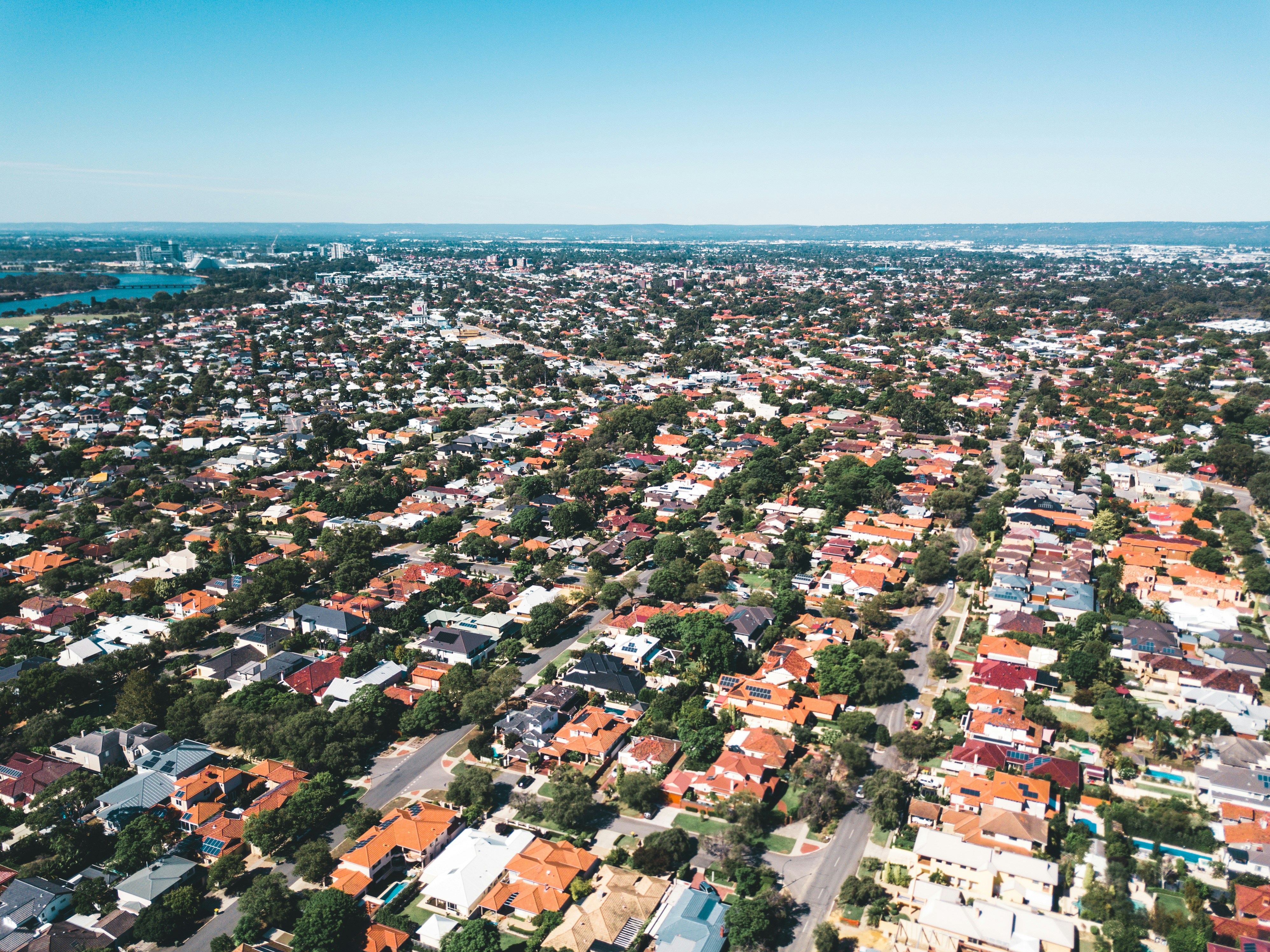Should you fix your rate now? It's a pivotal question facing many borrowers today.
On one hand, rates could keep rising which will push up your repayments. But there's also the risk that if you lock in now, you'll miss out on a potential rate fall in the next 1-2 years, which some experts are predicting.
We’ll weigh in on the fixed vs variable rate debate and unpack the loan market landscape in this week's newsletter.

- Rapid rate hikes have not only brought forward the dip in prices, but also the predicted trough.
- The country’s highest earners are no longer in Sydney’s Double Bay or Melbourne’s Toorak. They’re in Perth’s Peppermint Grove and Cottesloe, according to new ATO data.
- From electric vehicle charging stations to multi-split air conditioners - these are some of the features experts say are needed to future-proof your investment property.
- Investment loan rates have generally risen across the board, as seen in Finder’s August data above.
- In June - just one month after the first cash rate hike - $18.16 billion worth of mortgages were refinanced externally, the latest ABS data shows.
- This represents the highest value of refinancing on record and is an increase of $1.06 billion from the previous month.
- In line with the ABS data, 18% of polled homeowners refinanced their home loan in the past 6 months, according to a Finder survey conducted in July 2022.
- 18% are considering the same move in the next 6 months.
- Fixed-rate loans accounted for 9% of all home loans taken in June 2022, according to ABS data.
- But just a year ago, fixed loans were all the rage, with 46% of all new loans fixed in July 2021.
- Investor borrowing fell by $707 million, or 6.3%, in June 2022. But compared to the same time last year, it’s still up by $1.54 billion, or 17.3%.
- Meanwhile, the big 4 banks are divided on what the peak cash rate will look like, though most agree that it will happen in November.
- CBA and NAB share the view that the cash rate will not rise beyond 3% in this cycle.
- Westpac and ANZ both expect the cash rate to reach 3.35% but ANZ believes this will happen sooner.





VARIABLE RATES ARE RISING NOW BUT COULD THEY FALL?
Current trends are broadly pointing to rising rates in the short-to-medium-term. The general consensus in the market is for variable rates to reach as high as 6% or 7%.
However, as we learned from the RBA’s promise not to hike rates until 2024, nothing is a done deal.
- If the RBA hikes the cash rate too rapidly and lifts it beyond the ‘neutral’ cash rate, Australia could head into an economic downturn, or even recession, in 2023.
- To stimulate the economy, the RBA would almost certainly cut the cash rate again. CBA is forecasting 2 rate cuts in the second half of 2023.
In this scenario, fixing your rate now may help you avoid an increase in repayments temporarily.
However, you would also miss out on any decreases to your repayments if rate cuts do happen late next year.
It’s proof that property investors should not be basing long-term investment decisions on short-term fluctuations.
FIXED RATES SHOW EARLY SIGNS OF FALLING
Fixed rates have been going up in the past half year or so. But there’s another story unfolding: some banks are bucking the trend by cutting fixed rates, especially for longer-term loans of 4 years.
For example, Macquarie Bank has cut rates on all fixed home loans by up to 0.75% (effective 5 August).
Others, like CBA and Westpac, have introduced 4.99% p.a. fixed rates on 4-year terms for owner-occupiers.
- For CBA, that represents a 1.60 percentage point discount from the bank’s previous equivalent.
While it’s still early days, more banks are likely to follow suit. The weeks ahead will arguably be a key time to keep an eye out on fixed rate movements.
FIXED VS. VARIABLE: PROS AND CONS
The pros and cons of fixed and variable rates will be more pronounced as we see higher interest rates under the current economic landscape.
If the time is right for you to refinance, it’s important to weigh up all your options and consider your own unique financial circumstances, particularly given the uncertainty ahead.

Prices at a glance
Houses

Units

Australian property prices ballooned by 28.6% during the pandemic in 2021, culminating in a market peak in April 2021. Now, following three consecutive months of price falls, values are -2% below that peak.The capital cities that saw growth in both houses and units include Adelaide, Perth and Darwin. Brisbane unit values are still increasing but the city’s houses have begun to dip by more than -1%. It’s the first time Brisbane saw median prices fall since August 2020.Price movement in the combined regional cities are following in the footsteps of the capital cities, decreasing by -0.2% in July. It’s proof that even the regional centres, which also haven’t seen median prices drop since August 2020, are feeling the impact of the downturn.












